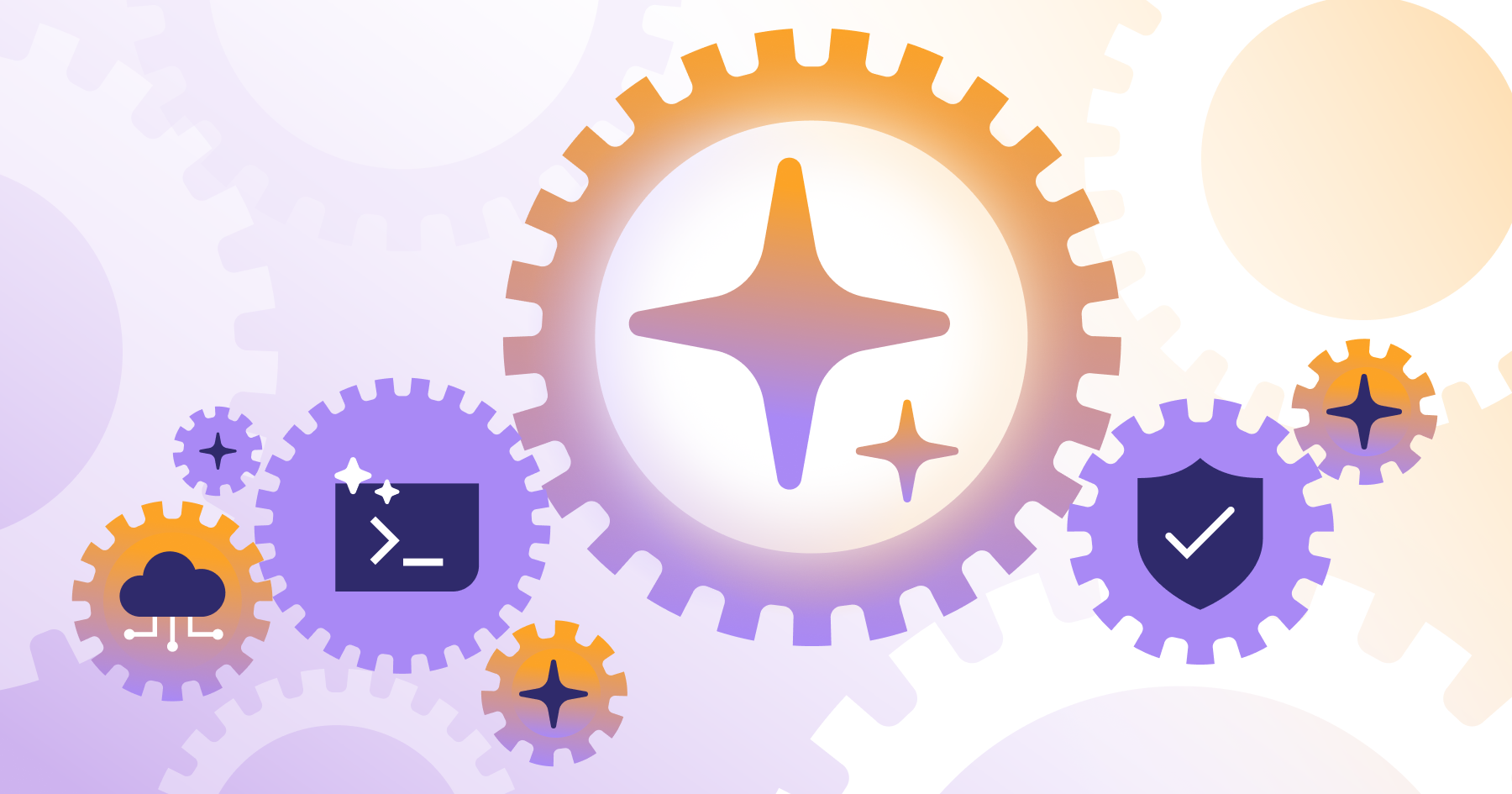As a parent watching my two college-age children navigate their education in an AI-driven world, I find myself asking a question that every technology leader should be asking about their teams: How do people develop critical thinking skills when AI can handle so much of their work?
This isn't just a parental concern. It's the central challenge facing software development today. The headlines promised that AI would replace developers and automate everything. Companies panicked and cut hiring. But the reality we're seeing in 2025 tells a very different story.
The AI perception gap
Recent research from MIT reveals an uncomfortable truth: 95% of enterprise AI pilots fail to deliver measurable returns or impact on profit. You might assume these companies simply chose the wrong AI tools, but the problem runs deeper.
Even experienced developers using the best available AI tools face unexpected challenges. According to research measuring the impact of early-2025 AI tools on developer productivity, developers expected to work 24% faster with AI assistance, but were in fact 19% slower. Even more striking, after experiencing this slowdown, they still believed they had been faster.
This perception gap matters. It shows we're not yet asking the right questions about how humans and AI should work together.
Why human insight remains essential
Despite the fear-driven headlines, the data reveals something surprising. According to GitLab's 2025 survey of C-level executives, 99% of executives say human contributions remain valuable for software development. The most valued human inputs are creativity, strategic vision, and collaboration.
The market isn't moving away from developers. It's redefining what developers do.
Consider the difference between optimization and reimagination. AI excels at the former. Jan Wassenberg's breakthrough with vectorized quicksort demonstrates the latter. AI can generate perfectly optimized sorting code, but it took human insight to step back and ask: "What if we sort multiple elements simultaneously using vector instructions?" The result was three times faster than what AI produced.
AI can optimize the solution you give it. Only humans can question whether you're solving the right problem.
This distinction becomes even more critical when you consider the complexity of enterprise applications. Development involves more than coding. What happens when you add existing codebases, compliance requirements, legacy system integrations, and enterprise security? Human creativity becomes essential.
Three predictions for 2026
Based on what I’m seeing with customers and in the broader market, I expect three major shifts to reshape software development in the coming year.
Prediction 1: Two new developer roles will dominate the AI era
Two new types of developers represent entirely new career paths that will become increasingly valuable in AI-forward organizations. The first is the Cognitive Architect. These are your best developers who have moved beyond writing code to thinking about entire systems. Instead of managing human teams, they'll orchestrate AI agents. They'll break down complex business problems and design "blueprints of thought" — not writing code, but designing how the thinking should work.
The second role is the AI Guardian. As AI democratizes application creation, everyone from developers to product managers will be building applications. Someone will need to ensure these applications are secure, perform well, and actually work in production across the entire development lifecycle. AI Guardians will be the gatekeepers of quality in this new world.
Together, these roles represent the strategists and gatekeepers of the AI era. With 99% of executives believing human contributions remain valuable for software development, and 52% citing cybersecurity as their top AI concern, companies will invest heavily in professionals who can bridge human creativity with AI capability while ensuring security from prompt to production.
Prediction 2: Strategic adoption will become the differentiator
Winning organizations won’t necessarily be those who adopt AI fastest. They’ll be the most strategic about AI adoption.
The 2025 DORA Report, The State of AI-assisted Software Development, highlights a "trust paradox" when it comes to AI. While AI adoption is high, a notable 30% of respondents said they have little to no trust in AI-generated code. This suggests that developers are using AI as a supportive tool to enhance their work rather than as a complete replacement for human judgment.
A key takeaway is that the success of AI is less about the tools themselves and more about the underlying organizational and technical systems. In high-performing, cohesive organizations, AI boosts efficiency and accelerates innovation. Conversely, in fragmented or struggling organizations, AI can exacerbate existing dysfunctions, leading to increased instability in software delivery.
The 5% of MIT enterprise pilots that succeeded share common characteristics. They solve concrete business problems. They define measurable KPIs from day one. They integrate smoothly into existing workflows. And they have champions at every level, from engineers to executives.
In GitLab’s research, 89% of executives told us they expect agentic AI to become standard within three years. The real differentiator will be calibrating exactly which tasks benefit from human creativity and judgment versus which should be automated. Organizations that successfully strike this balance will create compounding advantages, freeing developers to focus on high-value architectural decisions while AI handles code generation and routine maintenance.
Prediction 3: Meta-agents will coordinate specialized AI
By 2030, we could see 100 times more code being committed than today. Current development processes can’t handle that scale.
This reality will drive the emergence of what I call “meta-agents”: AI project managers that manage other agents. Right now, we have agents that write code or debug. Meta-agents will coordinate specialized agents (one for coding, one for testing, one for deployment, and so on) while humans oversee strategy and direction.
For human developers, this represents a transition from writing code to high-level strategy, architecture design, and oversight. Developers will become directors who guide AI's vast capabilities to build software at unprecedented speed and scale.
The foundation: Context and infrastructure
Making this orchestration work requires context. AI agents can't just see one repository or one prompt. They need to understand your plans, tests, compliance checks, security scans: the entire software development lifecycle.
But context is expensive. As language model context windows grow larger, they become more costly. How do you stay flexible while keeping everything connected and secure?
This is where interoperability and extensibility become critical. The orchestration challenge intensifies exponentially when your platform supports multiple agents: proprietary tools from your vendors, third-party agents from the open source community, and custom agents built by your own teams for specialized workflows. Each agent needs consistent access to the same underlying context while operating within appropriate security boundaries.
Organizations need infrastructure that doesn’t force them into a single AI vendor or limit their ability to build custom solutions. Platform thinking matters here — a unified platform approach, with a consistent data model across development, security, and operations, enables different agents to work together effectively. The platform becomes the conductor, ensuring that whether you're using a commercial coding assistant, an open-source testing agent, or a custom compliance checker your team built, they all have the context and governance rails they need to operate as part of a coordinated system.
This flexibility to choose and create agents while maintaining orchestration is what separates tactical AI adoption from strategic advantage.
Looking forward
The AI orchestration era is here. But it's not what the headlines promised. It's not about replacing developers or automating everything. It's about building systems where humans and AI can do their best work together.
When I think about my children's future, I don't worry about AI taking over. I look forward to them having tools that amplify their creativity, problem-solving, and judgment — things only humans can provide.
The future belongs to developers who embrace becoming AI orchestrators, and to organizations that build the infrastructure to support them. The question isn't whether humans and AI will work together, but how strategically you'll make that partnership work.
Join our upcoming webinar with DORA and GitLab experts to discover what really determines AI success in software development teams.
Next steps
The enterprise guide to agentic AI
Discover how agentic AI revolutionizes enterprise software development. Learn to achieve 10x productivity gains while reducing costs and security risks.
Read the guideDiscover how agentic AI revolutionizes enterprise software development. Learn to achieve 10x productivity gains while reducing costs and security risks.
Frequently asked questions
Key takeaways
- Experienced developers using AI tools have been shown to work more slowly than expected, despite believing they move faster, highlighting a gap between perception and reality when it comes to AI.
- Two critical roles are emerging: Cognitive Architects who design how AI agents think, and AI Guardians who ensure quality across the development lifecycle.
- Only 5% of enterprise AI pilots deliver measurable business value. Success requires clear KPIs, workflow integration, and executive-level champions.

